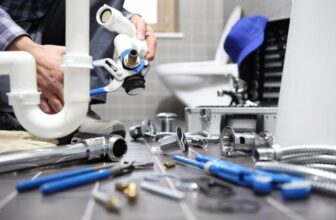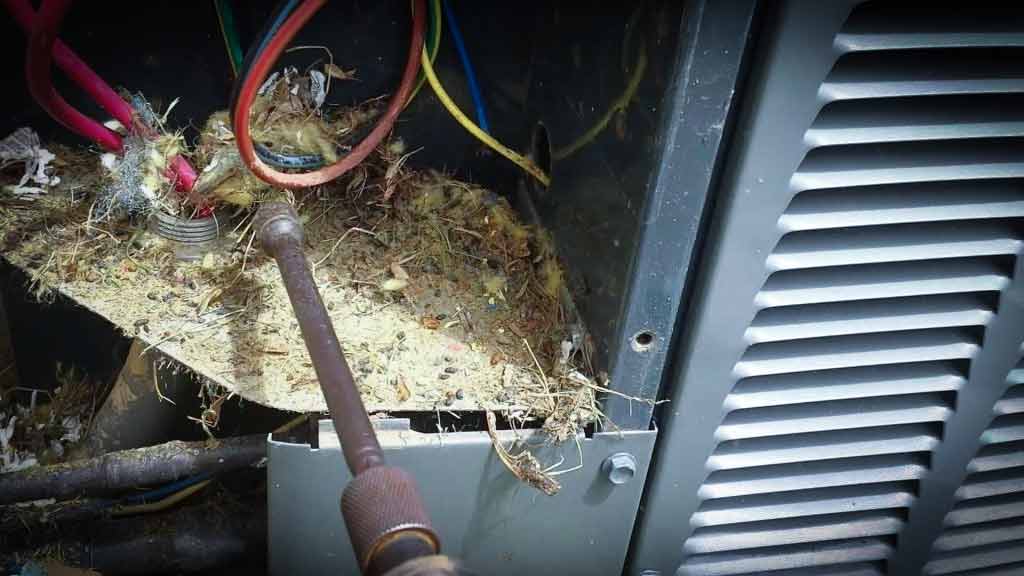
Last month, I got a frantic call from the Jacksons, a family in our service area who had been experiencing flickering lights for weeks. They assumed it was just an aging electrical system until they spotted a rat scurrying across their kitchen floor. That’s when they called our team.
What we discovered in their walls was something I see far too often in my line of work: extensive wire damage caused by rodents that had created a serious fire hazard. Their story isn’t unusual, but it highlights a dangerous connection many homeowners miss.
Table of Contents
The Dangerous Intersection of Pests and Electrical Systems
As both a licensed pest control specialist and someone who works closely with electricians, I’ve seen firsthand how destructive pests can be to your home’s electrical system. Today, I want to share the top five ways pests can wreak havoc on your electrical wiring—and why addressing both problems simultaneously is crucial for your home’s safety.
1. Rodents Love to Chew on Wires
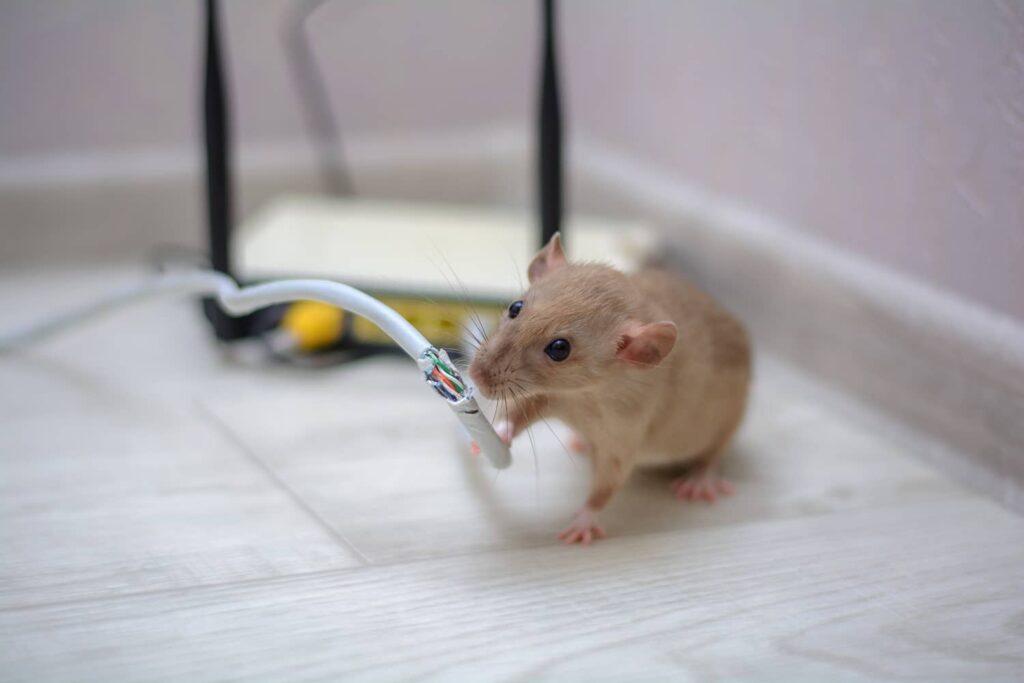
Source:youtube.com
Rats and mice have incisors that never stop growing. To keep them at a manageable length, they need to gnaw constantly. Unfortunately, your home’s electrical wiring provides the perfect texture and resistance for their dental needs.
When rodents chew through wire insulation, they expose the conductive metal underneath. This creates two immediate problems:
- The rodent is at risk of electrocution
- The damaged wiring becomes a fire hazard
In the Jacksons’ home, we found over 20 feet of damaged wiring where rats had stripped away the protective coating, leaving bare wires dangerously close to wooden beams.
2. Insects Can Cause Short Circuits
It’s not just mammals you need to worry about. Certain insects are attracted to the warmth and vibration of electrical equipment. Cockroaches and ants, especially fire ants, often nest in electrical outlets, switch boxes, and even inside circuit breakers.
When these insects crawl across electrical components, they can create short circuits—either by carrying moisture or by getting crushed between contacts. I’ve seen entire HVAC systems fail because ants built colonies inside control panels.
3. Nesting Materials Create Fire Hazards
Birds, squirrels, and rodents don’t just damage wiring directly—they also bring flammable nesting materials into close proximity with electrical components. These materials (paper, dried leaves, twigs, fabric scraps) can easily ignite from a spark caused by damaged wiring.
One particularly dangerous scenario we encountered involved a squirrel that had built a nest inside an attic junction box. The combination of chewed wiring and dry nesting material was essentially a fire waiting to happen.
4. Moisture From Pest Activity Accelerates Damage
Many pests, particularly rodents, introduce moisture into areas with electrical wiring through their urine and droppings. This moisture can:
- Accelerate corrosion of wires
- Degrade insulation materials faster
- Create conditions for mold growth, which further damages materials
- Increase conductivity between wires that should remain isolated
In basements and crawlspaces where moisture is already a concern, pest activity can significantly worsen electrical degradation.
5. Pest Damage Often Goes Undetected Until It’s Severe
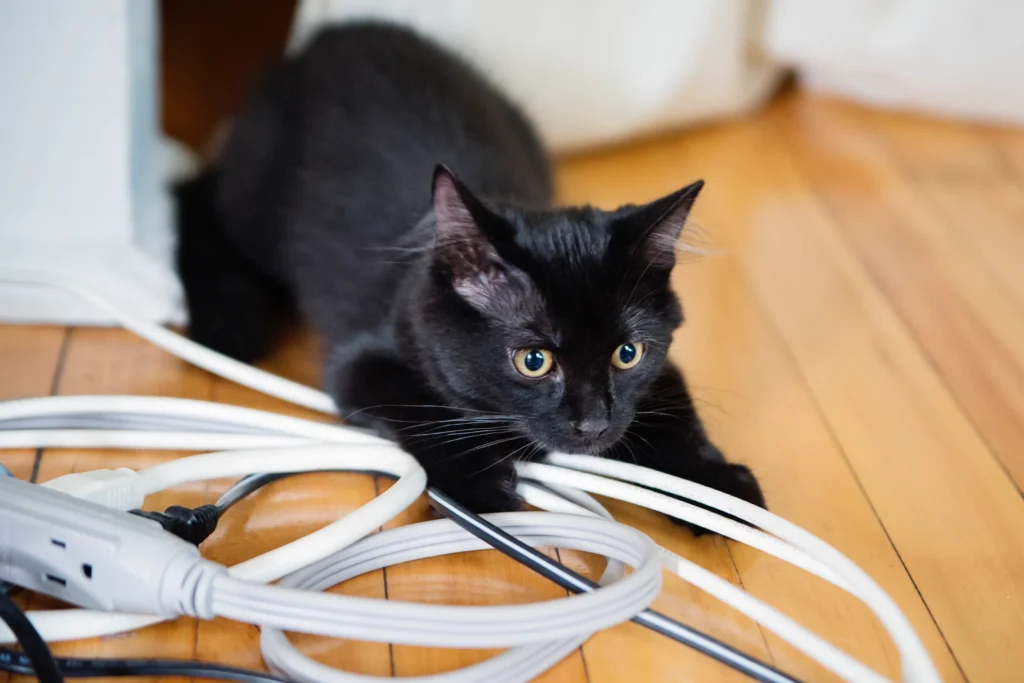
Source:facebook.com
Perhaps the most dangerous aspect of pest-related electrical damage is that it typically occurs in hidden areas—inside walls, attics, and crawlspaces. Unlike a leaky pipe or cracked window, you won’t notice the problem until it manifests as:
- Flickering lights
- Tripping circuit breakers
- Unexplained power outages
- Strange burning smells
- Or worst case, smoke or fire
By the time these symptoms appear, the damage is usually extensive and expensive to repair.
Why You Need Both Pest Control and Electrical Expertise
When homeowners discover pest-related electrical damage, they often make the mistake of addressing only one aspect of the problem. Either they call an electrician who replaces the damaged wiring but doesn’t address the pest infestation, or they eliminate the pests but leave potentially dangerous electrical damage unrepaired.
The correct approach requires expertise in both areas:
Your pest control professional should:
- Identify all pest entry points
- Eliminate current infestations
- Create a prevention plan to keep pests away
- Document areas where electrical inspection is needed
Your electrician should:
- Thoroughly inspect all wiring in affected areas
- Replace damaged sections with code-compliant materials
- Consider upgrades like rodent-resistant conduit
- Install protective measures around vulnerable areas
From the Jacksons’ Home to Yours: Lessons Learned
Back to the Jacksons—after our complete inspection, we coordinated with our electrical partners to:
- Safely remove the rat infestation
- Replace all damaged wiring (which was more extensive than initially thought)
- Seal all entry points with gnaw-proof materials
- Install protective metal conduit in vulnerable areas
- Set up a quarterly inspection schedule
Six months later, they haven’t seen a single rodent, and their electrical system is functioning flawlessly.
Warning Signs You Shouldn’t Ignore
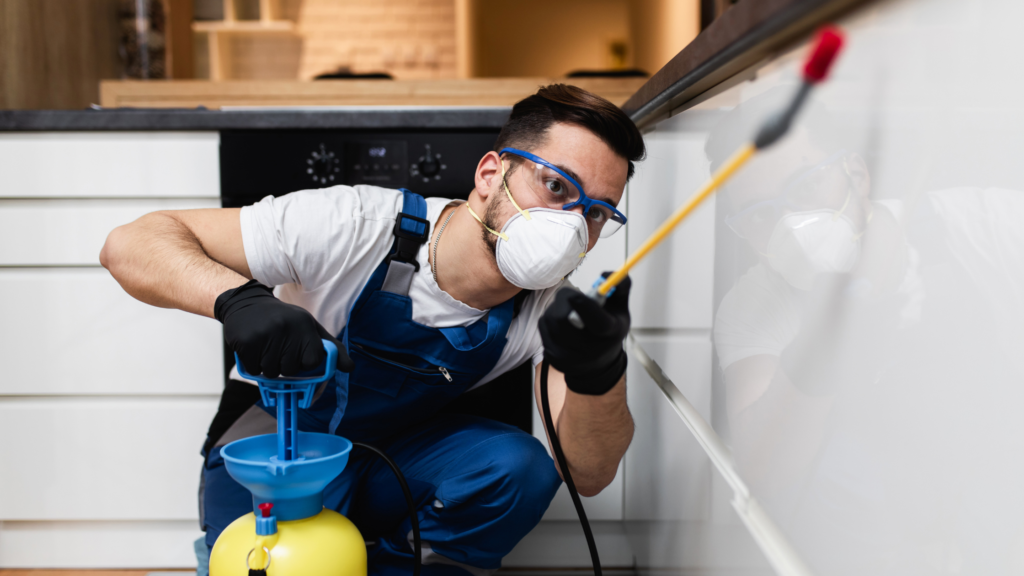
Source: proctorpestcontrol.com
If you notice any of these red flags, it’s time to call both pest control and electrical professionals:
- Visible rodent droppings near outlets, appliances, or electrical panels
- Unusual odors coming from walls or electrical fixtures
- Inconsistent power in certain rooms or circuits
- Teeth marks on exposed wires or cables
- Pest sightings, especially during daytime (which can indicate large infestations)
- Scratching sounds in walls, particularly at night
The Smart Homeowner’s Approach to Prevention
Prevention is always less expensive than emergency repairs. Here’s how to protect your home:
- Schedule annual pest inspections, even if you don’t see obvious signs
- Have your electrical system checked every 3-5 years by a licensed electrician
- Seal exterior entry points around utility lines and pipes
- Keep vegetation trimmed away from power lines and your home
- Store food in sealed containers to avoid attracting pests
- Address moisture issues promptly as many pests seek water sources




